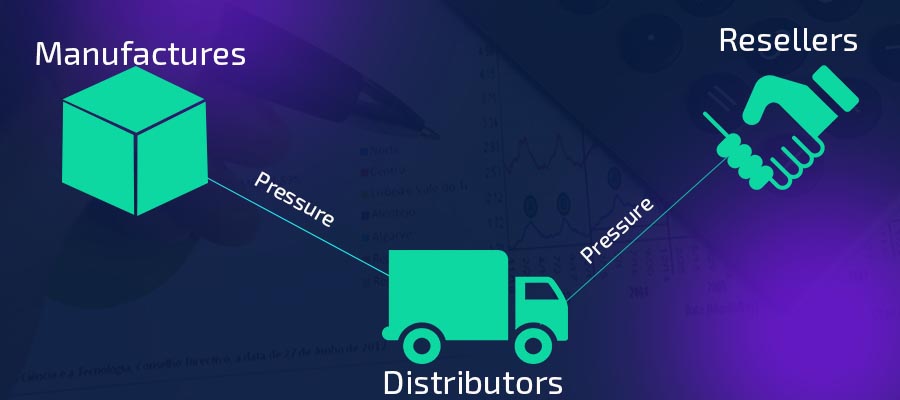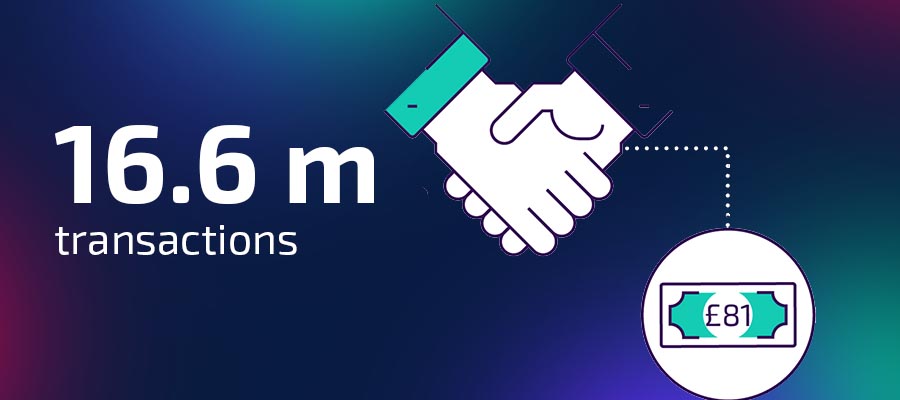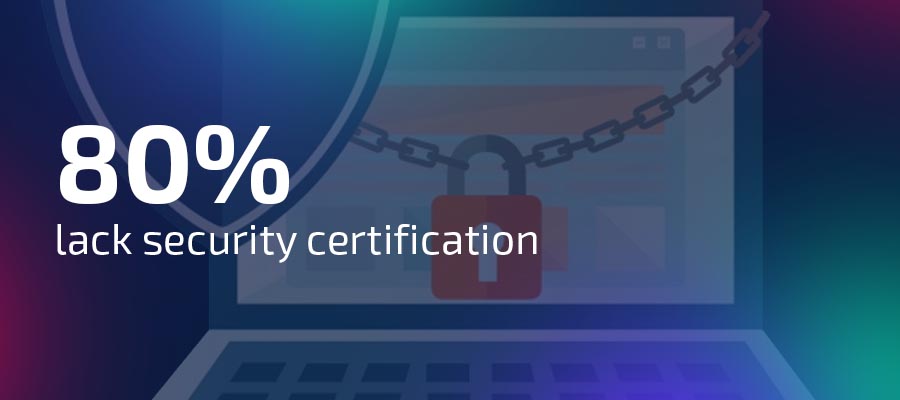And how that makes the prices you pay higher
The IT supply chain is complicated and consists of three tiers. It is built on a global network of manufacturers, distributors and resellers.
Where life begins is manufacturers forecasting trends, planning product development, engaging component suppliers, forecasting demand and getting the right kit into warehouses at the right levels so it can be marketed and sold out to customers as quickly as possible. Many work on a build-to-order and ship basis.

Change an element like currency and the entire supply chain becomes impacted, impacting price and stock levels.
This network exists as most manufacturers focus on just that, designing and manufacturing products, and simply aren’t setup to deal with an end user audience. Instead they rely upon distributors to import and hold stock in local geographies, and resellers to add value offering advice, guidance and services to support sell through of products to the end user community efficiently.
Where it becomes more complicated is that each tier has multiple ways of dealing with the next, adding pressure at each stage and this can have an impact on final price as cost builds and is passed through the value chain.
The largest tier is that of the Value Added Resellers (VARs) and in the UK, there are around 225 resellers well positioned to do just that – add value. The Top 100 process over 16 million transactions a year, employing over 38,000 people with a turnover of £12.7bn.
Discover how to manage IT costs effectively in How Volatility of the IT Market Costs You Time and Money.

This dictates a people heavy sector and a high cost of sale, therefore to thrive this sector has to leverage margin, supported by the supply chain, which is a cost passed on to IT buyers.
Save Time and Money with Efficient IT Procurement
Streamline your IT procurement with Probrand’s platform. Register now to access real-time pricing, save money, and optimise your IT budget.
Register now
And as margins for commodity IT products continue to shrink, so the sector has diversified to add value as either service providers or ecommerce shops. Yet only 18% of the Top 100 VARs have an ecommerce presence, and most (80%) lack security certification.

So, whilst there is a place for traditional advice and professional consultancy that costs, the complexity of this supply chain makes it challenging for IT buyers looking to meet their goals of price versus availability. In fact, 77% of distributors and vendors say special pricing and deals aren’t always getting to customers. Where is that preferential pricing going?
Get personalised discounts you're entitled to direct from distributors and vendors right here.
Separately, manufacturers may see ecommerce as a way for resellers to scale transactional business without the cost, but IT procurement teams often find online research and buying to be a major cause of frustration.
It is not unusual for IT buyers to use search engines to identify the best price for a product, only to find disconnect with the supply chain and an online supplier has listed a product at a low price but out of stock simply to attract traffic with an upsell motion to a more expensive option. What is a buyer to do?
In such a complicated market and supply chain, there will always be the need for trusted advisers that can help reduce the level of complexity for IT buyers that need it, but with more savvy B2B buyers emerging online and buying on their terms, it looks like a hybrid approach that optimises online and offline approaches will serve buyers better, reducing cost of sale and prices for buyers.

Learn how to simplify procurement in Digital Marketplaces